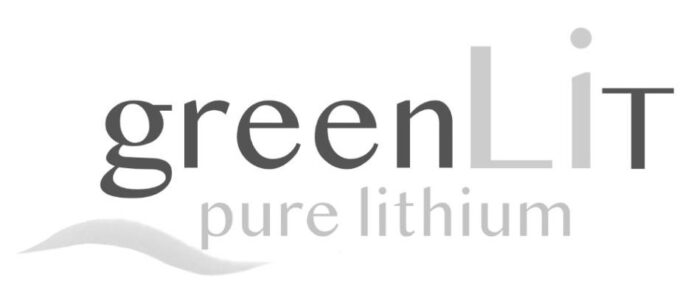GreenLiT Pure Lithium, Inc., a wholly-owned subsidiary of IBC Advanced Technologies, will commercialize IBC’s proprietary Direct Lithium to Product™ (DLP™) process, which provides a rapid, direct route to produce battery-grade lithium end-products including lithium hydroxide and lithium carbonate.
The DLP™ process:
- Has essentially no water consumption: only 10 m3 water per metric ton lithium carbonate equivalent (LCE) is added to the lithium depleted brine and returned to the brine source, mitigating ecological damage
- Is highly energy-efficient: green lithium is produced with very low energy consumption, 10 kWh/kg lithium hydroxide monohydrate from extraction to final product
- Has been shown (analyses performed by the Universidad de Atacama, an independent third-party laboratory) at large pilot scale in Chile to:
- directly extract 99+% of Li from brine
- directly produce battery-grade (99.75%) lithium hydroxide monohydrate at the same site as direct lithium extraction from brine
- with non-detectable levels of magnetic and other impurities including Fe, Co, Ni, Cr, Mg, Mn, Zn, Cu, Pb, Cd, Al, Ag, B, Ga, Bi, Ba, Ca, Sr, Tl, and In
- without the need to first produce lithium carbonate
- with non-detectable levels of magnetic and other impurities including Fe, Co, Ni, Cr, Mg, Mn, Zn, Cu, Pb, Cd, Al, Ag, B, Ga, Bi, Ba, Ca, Sr, Tl, and In
- yield 99% overall recovery of lithium from brine to production of lithium hydroxide monohydrate product
- directly extract 99+% of Li from brine
The demand for lithium end-products is expected to increase from nearly 1 million metric tons LCE in 2023 to an estimated 3.5 million metric tons LCE by 2033, with most of that growth coming from lithium hydroxide.
GreenLiT™ is perfectly positioned to supply the market with battery-grade lithium end-products. The DLP™ process allows brine operators to directly produce lithium hydroxide without the need to first produce lithium carbonate. This eliminates extensive, environmentally damaging secondary processing required to convert lithium chloride to carbonate and then to hydroxide.




